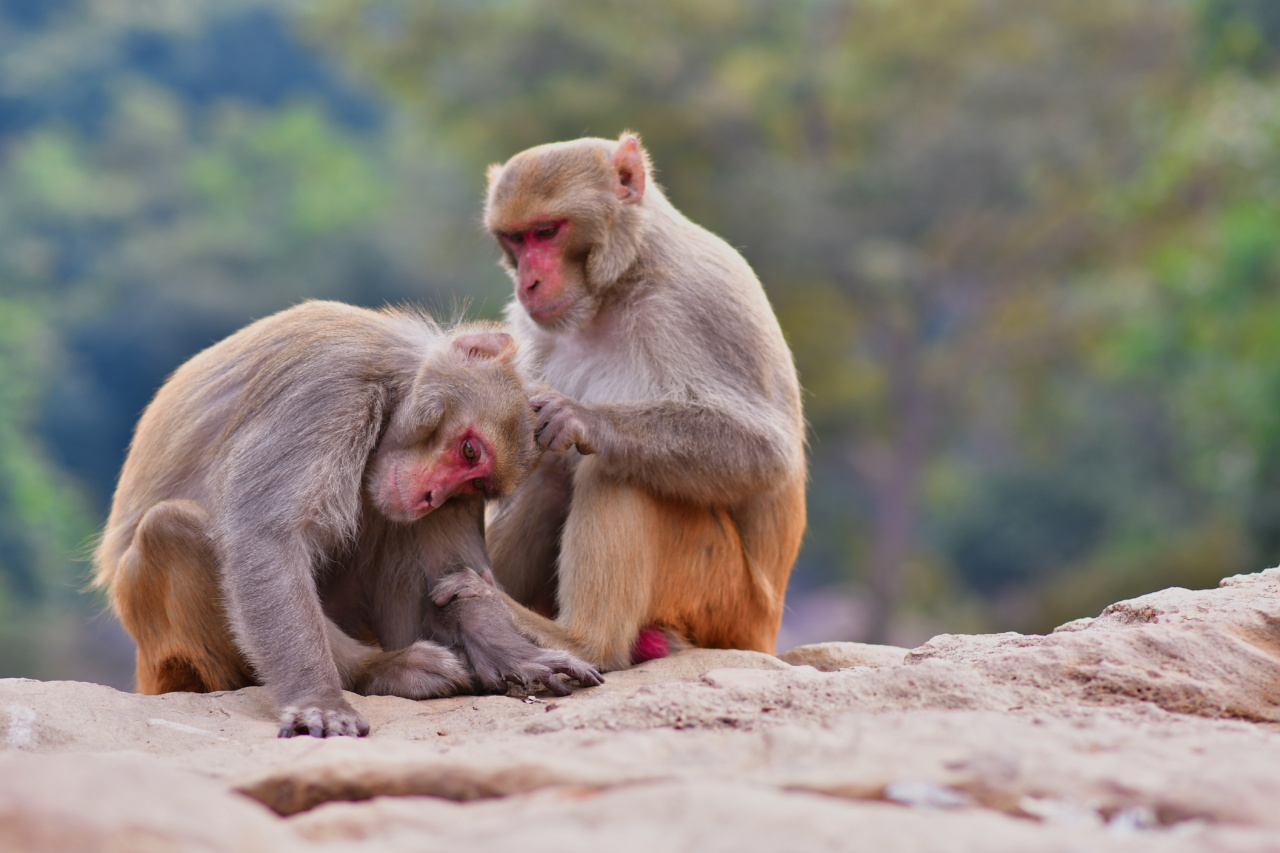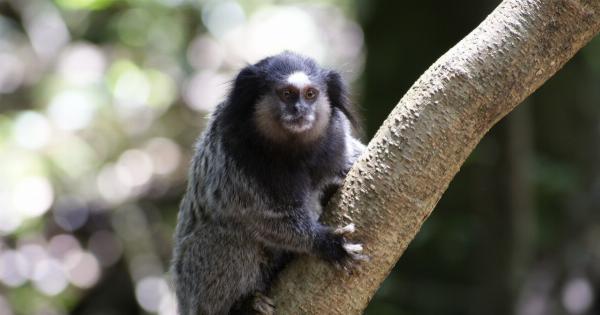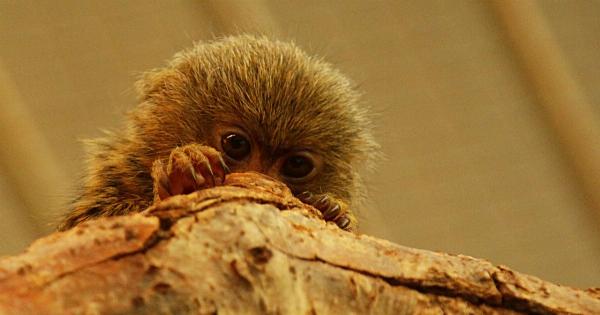Monkeys are fascinating creatures that have long intrigued scientists and the general public alike.
With their intelligence, curiosity, and physical agility, monkeys have become a subject of numerous studies aiming to further understand their behaviors, biology, and health. One surprising connection that has been discovered in recent years is the link between monkey scratches and encephalitis, a potentially serious neurological condition.
This article will explore this unexpected relationship, shedding light on the causes, symptoms, and prevention of encephalitis resulting from monkey scratches.
The Monkey-Encephalitis Connection
Encephalitis is an inflammation of the brain which can have various causes, including viral infections, bacteria, and parasites. While most cases of encephalitis in humans are caused by viral infections, the transmission route can differ significantly.
One rather uncommon but interesting source of encephalitis is monkey scratches.
Understanding Monkey Scratches
Monkeys, particularly those in the wild, come into contact with a plethora of microorganisms. Just like humans, monkeys can carry and transmit certain bacteria, parasites, and viruses.
When a monkey scratches a human, it can introduce these microorganisms into the person’s bloodstream through the open wound, leading to potential health complications.
The Risk Factors
While monkey scratches are not a common cause of encephalitis in humans, certain factors can increase the risk. These include:.
- Direct contact with monkeys
- Handling or proximity to monkeys in captivity
- Existing compromised immune system
- Individuals working in primate research or conservation
Symptoms of Monkey-Related Encephalitis
The symptoms of encephalitis resulting from monkey scratches may vary depending on the specific microorganism involved. However, there are some common signs to be aware of, including:.
- Fever and headache
- Mental confusion or disorientation
- Nausea and vomiting
- Seizures
- Stiff neck
- Photophobia (sensitivity to light)
- Changes in behavior or personality
- Weakness or general malaise
Diagnosing Monkey-Related Encephalitis
Diagnosing encephalitis can be challenging as the symptoms may resemble those of other conditions. When monkey scratches are involved, it is essential to inform healthcare professionals about the potential exposure.
The diagnosis typically involves a combination of:.
- Physical examination and medical history
- Neurological examination
- Blood tests to identify antibodies or antigens
- Lumbar puncture (spinal tap) to analyze cerebrospinal fluid
- Imaging tests such as MRI or CT scans
Treatment and Prevention
Currently, there is no specific antiviral treatment for encephalitis resulting from monkey scratches. Treatment generally involves managing symptoms and providing supportive care.
This may include medications to reduce fever, alleviate pain, control seizures, and reduce inflammation. In severe cases, hospitalization and specialized care may be necessary.
Prevention is crucial when it comes to monkey-related encephalitis. Some key preventive measures include:.
- Avoiding direct contact with monkeys in the wild
- Adhering to safety protocols when working with monkeys in captivity
- Wearing protective clothing, such as gloves and long sleeves, when handling monkeys
- Regular handwashing with soap and water
- Seeking immediate medical attention if scratched by a monkey
Conclusion
While the connection between monkey scratches and encephalitis may come as a surprise to many, it serves as a reminder of the intricate and sometimes delicate dynamics of human-animal interactions.
Understanding the potential risks associated with monkey scratches is essential for individuals who come into contact with monkeys, whether in the wild or captivity. By taking proper precautions and seeking prompt medical care when needed, the likelihood of developing encephalitis can be significantly reduced.





























